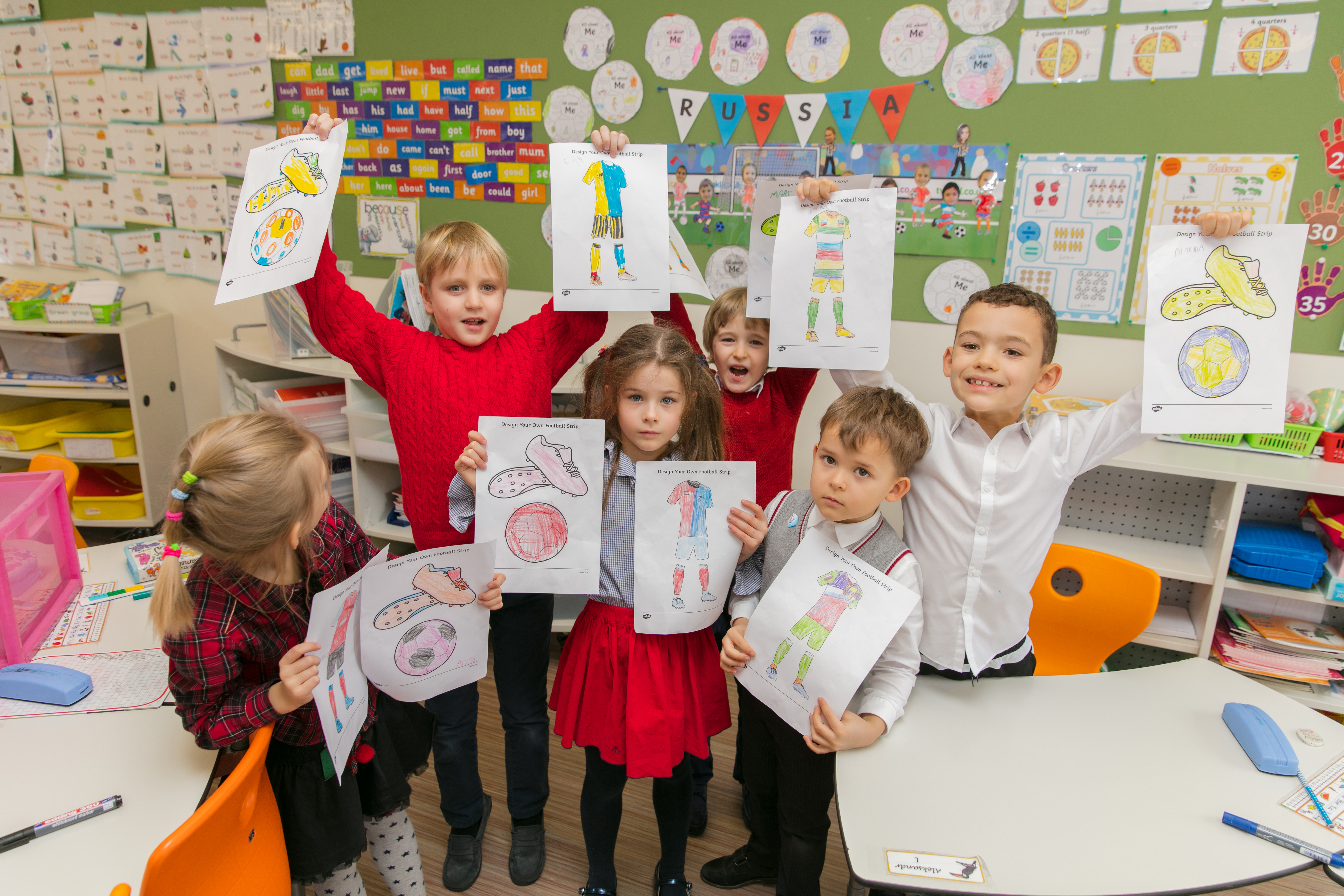Neuroplasticity in children: how learning changes the brain

Have you ever wondered why children learn so quickly? They are like little superheroes who in a couple of months master a language, memorise songs or start riding a bike. The secret to their success is neuroplasticity, the brain's amazing ability to change and adapt. Let's explore how it works, why children's brains are so flexible, and how learning literally "rebuilds" their heads!
What is neuroplasticity?
Neuroplasticity is the brain's ability to change its structure and function in response to experience, learning, or even injury. In children, this ability is in full force! Their brains are like plasticine: they easily take on new shapes, making new connections between neurons and strengthening those that are already there. It's like building bridges between cities: the more roads, the faster information "travels" through the brain.
When a child learns to read, play the piano or solve maths problems, new neural connections are formed in their brain. It's not just "memorisation" but a real rewiring of the brain. For example, studies show that children who learn to play musical instruments have increased grey matter in areas related to motor skills and hearing.
Why are children's brains so flexible?
A child's brain is a real construction site. In the first years of life, a huge number of neurons and synapses (connections between them) are formed. By the age of three, a child has twice as many synapses as an adult! But not all of them stay: the brain "prunes" unnecessary connections and strengthens those that are used more often. This process is called synaptic pruning.
Imagine that the brain is a garden. It has many branches (synapses), but the gardener (experience and learning) prunes the weak shoots so that the strong ones grow better. This is why children learn so quickly: their brains are ready to absorb new things like a sponge.
For example, learning a second language at an early age helps children better develop cognitive abilities like attention and memory. This is because their brains easily create new neural pathways to process two languages at the same time.
How does learning change the brain?
Learning is like a gym for the brain. Each new skill or knowledge strengthens certain neural networks. Here are some examples of how this works:
- Reading. When a child learns to read, his or her brain is actively working to link sounds (phonemes) to letters (graphemes). This engages areas of the brain, such as the left temporal lobe. MRI studies show that in children who read a lot, these areas become more active and better connected.
- Maths. Solving maths problems strengthens connections in the prefrontal cortex, which is responsible for logic and planning. In children who do maths regularly, this area of the brain becomes more efficient.
- Physical activity. Even sports have an effect on the brain! Children who move a lot have better functioning of the hippocampus, the area responsible for memory and learning. Physical exercise stimulates the production of the protein BDNF, which helps neurons grow and connect.
Why is this important for parents and teachers?
Understanding neuroplasticity gives us a superpower: we can help children learn more effectively! Here are some tips:
- Create variety. The more different activities - music, sports, reading, games - the more neural connections are formed. It's like giving your brain a "full set of tools."
- Repetition is power. Repetition helps strengthen neural connections. For example, regularly reading aloud with your child improves their language skills and memory.
- Don't be afraid of mistakes. Mistakes are part of learning. When a child makes a mistake, his brain analyses what went wrong and creates new ways to solve the problem.
- Praise for effort. Praise for effort, not just results, motivates children to learn more. It helps the brain associate learning with pleasure.
What happens afterwards? Neuroplasticity in Adulthood
Although children's brains are the most plastic, neuroplasticity does not disappear with age. Adults can also learn new things, but it takes more time and effort. In children, however, it is as if the brain is "programmed" to learn, especially in the first 7-10 years. These are the so-called critical periods when certain skills (e.g. language or musical hearing) are most easily learnt.
Conclusion
Neuroplasticity is a superpower of children's brains that allows them to grow, adapt and learn at an incredible rate. Every new skill, from reading to rollerblading, literally changes the structure of the brain, creating new connections and strengthening old ones. Understanding this process helps parents and teachers support children by making learning fun and effective. So let's encourage little geniuses to learn, play and discover the world - their brains are ready for it!



